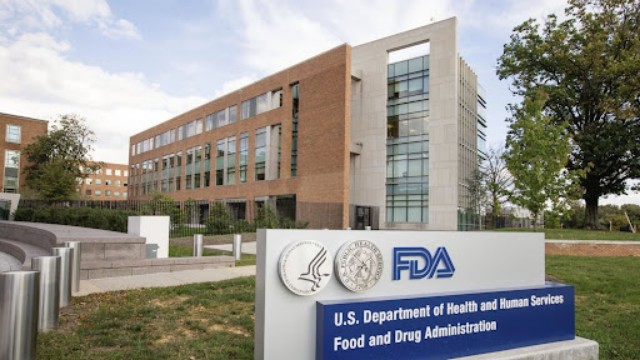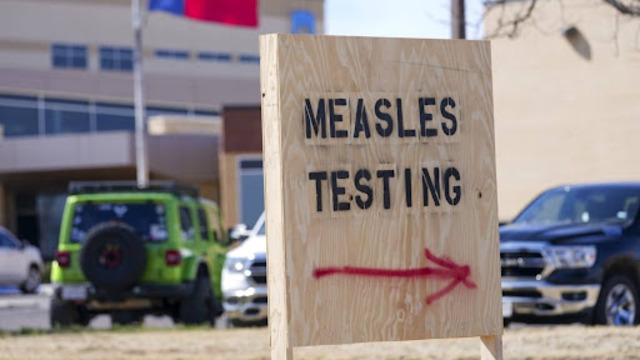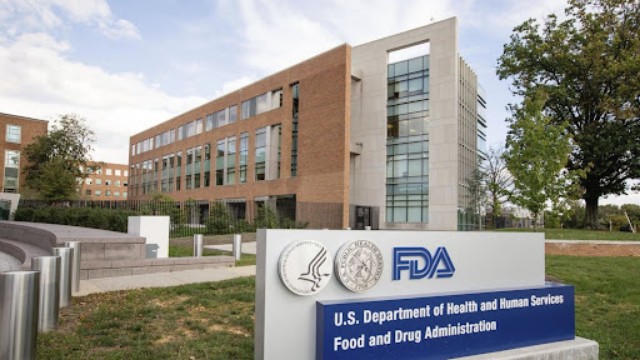
The U.S. Department of Health and Human Services building is seen, April 5, 2009, in Washington. (AP Photo/Alex Brandon)
The U.S. saw a significant slowdown in its syphilis epidemic last year, while cases of gonorrhea dropped and chlamydia levels remained below pre-pandemic figures, according to new federal data released on Tuesday. These figures mark a positive shift after years of rising sexually transmitted infections (STIs), a trend linked to factors like reduced condom use, limited sex education, and disruptions to testing and treatment during the COVID-19 pandemic.
Syphilis cases dropped by 10% from the previous year, the first notable decline in over two decades. Gonorrhea cases fell by 7%, continuing a second consecutive year of decrease, bringing numbers below those from 2019.
"I’m encouraged, and it’s been a long time since I felt that way," said Dr. Jonathan Mermin from the CDC, commenting on the nation’s progress in tackling STIs. "Something is working."
Last year, there were more than 2.4 million reported cases of syphilis, gonorrhea, and chlamydia combined. This included 1.6 million cases of chlamydia, 600,000 of gonorrhea, and over 209,000 of syphilis.
Syphilis remains a key concern, with a history of being a feared infection that once caused widespread bodily damage and death. After antibiotics became available in the 1940s, syphilis cases sharply declined, but by 2002, rates began rising again, especially among men who have sex with men. The latest report found a 13% reduction in the early, most contagious stages of syphilis among gay and bisexual men—the first drop in this group since the mid-2000s.
However, there was a 12% increase in cases of later-stage syphilis, which typically represents infections from years ago. Additionally, cases of syphilis in newborns, passed from infected mothers, also increased, with nearly 4,000 reported cases, including 279 stillbirths or infant deaths. Dr. Jeffrey Klausner from the University of Southern California noted that this trend points to insufficient testing for pregnant women.
Some experts suggest that one reason for the improvements in STI rates could be the growing use of doxycycline, an antibiotic used as a "morning-after pill." Studies have shown that taking doxycycline within 72 hours of unprotected sex can prevent syphilis, gonorrhea, and chlamydia. The CDC officially recommended this practice in June, particularly for gay and bisexual men, and transgender women who have recently been diagnosed with an STI. However, some health departments had already been using the pill for a few years prior.
The 2022 mpox outbreak, which primarily affected gay and bisexual men, may have also influenced sexual behavior in 2023, with people more willing to get tested when unusual symptoms appeared. In addition, the increase in health workers testing for infections and providing treatment could have contributed to the positive changes. A $1.2 billion federal initiative aimed at expanding the public health workforce was crucial in this effort, although $400 million was cut from the program as part of last year’s debt ceiling agreement, causing job losses in some areas.
Despite this setback, David Harvey, executive director of the National Coalition of STD Directors, remains optimistic about the future. The use of doxycycline and efforts to make at-home STI test kits more accessible are encouraging signs.
Looking ahead, there’s potential for further progress, particularly if the next presidential administration prioritizes STI prevention. In 2019, former President Donald Trump launched a campaign to "eliminate" the U.S. HIV epidemic by 2030, with a goal of drastically reducing new infections. Experts believe that increasing public health funding for HIV could also lead to a reduction in other STIs, as investments in public health often yield broader benefits.
"When the government puts in resources, puts in money, we see declines in STDs," Klausner said.















